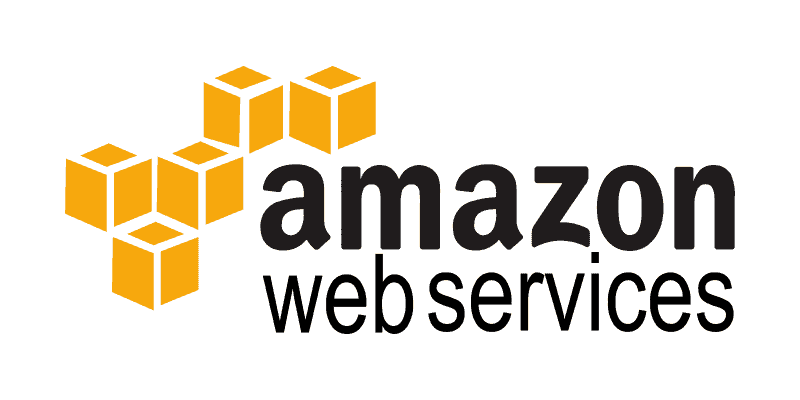In a world where milliseconds can make or break digital experiences, content delivery networks (CDNs) are essential for enterprises. Amazon CloudFront, part of the AWS ecosystem, is one of the most widely adopted CDNs globally. But is it the right choice for your business?
This in-depth guide explores Amazon CloudFront reviews, analyzing performance, pricing, security, and real-world use cases. Whether you’re a cybersecurity professional, IT leader, or CEO, you’ll find actionable insights to help decide if CloudFront is the right fit.
What is Amazon CloudFront?
Amazon CloudFront is a content delivery network (CDN) that securely delivers web content, applications, APIs, and video streams with low latency. By distributing content through a network of edge locations worldwide, it ensures fast and secure delivery for global users.
CloudFront integrates seamlessly with AWS services such as:
-
Amazon S3 (for object storage)
-
AWS Shield (for DDoS protection)
-
AWS WAF (Web Application Firewall)
-
IAM & CloudWatch (for monitoring and access control)
This makes CloudFront especially attractive for businesses already embedded in the AWS ecosystem.
Why Amazon CloudFront is Popular Among Enterprises
Professionals across industries rate CloudFront highly because of:
-
Global Reach: With hundreds of edge locations worldwide, CloudFront ensures fast delivery even in high-traffic regions.
-
Enterprise-Grade Security: Built-in DDoS protection, TLS encryption, and WAF capabilities.
-
Scalability: Handles massive spikes in traffic without downtime.
-
Flexible Pricing: Pay-as-you-go model makes it cost-effective for businesses of all sizes.
Takeaway: CloudFront is a strong fit for organizations prioritizing speed, scalability, and security.
Amazon CloudFront Reviews – Key Strengths
Performance & Speed
Reviewers consistently highlight CloudFront’s low latency and global performance consistency. Businesses in streaming, gaming, and e-commerce benefit from:
-
Edge caching for faster load times.
-
Integration with Route 53 for optimized routing.
-
Support for real-time video and 4K streaming.
Security & Compliance
CloudFront includes enterprise-grade protections:
-
AWS Shield Standard (always-on DDoS mitigation).
-
WAF for application-level filtering.
-
SSL/TLS encryption for secure delivery.
-
Compliance with GDPR, HIPAA, and PCI-DSS.
Pricing & Cost Efficiency
Many reviews praise its pay-as-you-go model, which eliminates upfront costs. However, costs can scale quickly with heavy usage—something IT leaders must monitor closely.
Developer-Friendly Features
-
Native support for HTTP/2, gRPC, and WebSockets.
-
Lambda@Edge for running serverless functions at edge nodes.
-
Rich API and SDK support.
Amazon CloudFront Reviews – Common Criticisms
Despite strong reviews, CloudFront isn’t perfect. Common criticisms include:
-
Steep Learning Curve – AWS’s complexity can overwhelm beginners.
-
Complex Pricing Structure – Costs vary by data transfer regions, making billing difficult to predict.
-
Support Limitations – Without a premium AWS Support plan, users rely heavily on community forums.
Bottom line: CloudFront is powerful but requires technical expertise to maximize its value.
Amazon CloudFront vs. Competitors
CloudFront vs. Cloudflare
-
CloudFront: Better AWS integration, enterprise-grade security.
-
Cloudflare: Easier setup, free tier available, strong focus on DNS services.
CloudFront vs. Akamai
-
CloudFront: Strong AWS ecosystem synergy.
-
Akamai: Legacy CDN giant with deep enterprise customization.
CloudFront vs. Fastly
-
CloudFront: Broader global edge presence.
-
Fastly: Real-time log streaming and faster cache purging.
Verdict: CloudFront dominates where AWS integration is critical, while Cloudflare and Fastly win for user-friendliness.
Real-World Use Cases & Case Studies
-
E-commerce: Retailers use CloudFront to deliver product images and APIs with millisecond latency, boosting conversions.
-
Streaming & Gaming: Platforms rely on its scalability for millions of concurrent users.
-
SaaS Applications: Enterprises trust CloudFront for secure app delivery with compliance standards.
Example: A fintech firm reduced latency by 40% after switching to CloudFront, enabling faster financial transactions globally.
Security Professionals’ Perspective on Amazon CloudFront
For cybersecurity specialists, CloudFront is more than a CDN—it’s a defense layer. Key insights:
-
Protects against OWASP Top 10 vulnerabilities via WAF.
-
Minimizes DDoS attack vectors using AWS Shield.
-
Provides real-time logging for incident response.
For regulated industries (finance, healthcare), CloudFront’s compliance certifications make it a safer bet than smaller CDN providers.
Is Amazon CloudFront Worth It? Expert Verdict
Based on aggregated Amazon CloudFront reviews:
Pros:
-
Exceptional speed & reliability
-
Enterprise-grade security
-
Global reach
-
Tight AWS integration
Cons:
-
Pricing complexity
-
Learning curve for non-technical users
-
Limited free tier compared to rivals
Who should use CloudFront?
-
Enterprises already using AWS.
-
Security-conscious industries (finance, healthcare).
-
Platforms with global audiences.
Who shouldn’t?
-
Small businesses seeking a simple CDN.
-
Teams lacking AWS expertise.
FAQ: Amazon CloudFront Reviews
1. Is Amazon CloudFront good for small businesses?
Yes, but it may be overkill. Cloudflare may be more cost-effective for smaller teams.
2. How much does Amazon CloudFront cost?
Pricing is pay-as-you-go and varies by region. Costs can add up with heavy data transfer.
3. Does CloudFront improve website speed?
Yes. Edge caching reduces latency, improving load times significantly.
4. Is Amazon CloudFront secure?
Yes. It includes DDoS protection, WAF, and SSL/TLS encryption.
5. How does CloudFront compare to Cloudflare?
CloudFront excels with AWS integration, while Cloudflare is simpler and offers a free tier.
6. Can Amazon CloudFront be used for streaming?
Absolutely. It supports live video, 4K streaming, and real-time content delivery.
7. Do I need AWS knowledge to use CloudFront?
Some knowledge helps. CloudFront’s setup and billing are more complex than competitors.
Conclusion & Call to Action
Amazon CloudFront stands out in reviews as a powerful, secure, and globally scalable CDN—especially for businesses invested in the AWS ecosystem. While its pricing and complexity may pose challenges, its enterprise-grade security, compliance certifications, and performance make it a trusted choice for IT leaders.
If your organization values speed, reliability, and AWS integration, CloudFront is worth serious consideration. Start by running a pilot deployment and comparing it against your existing CDN to measure real-world impact.


